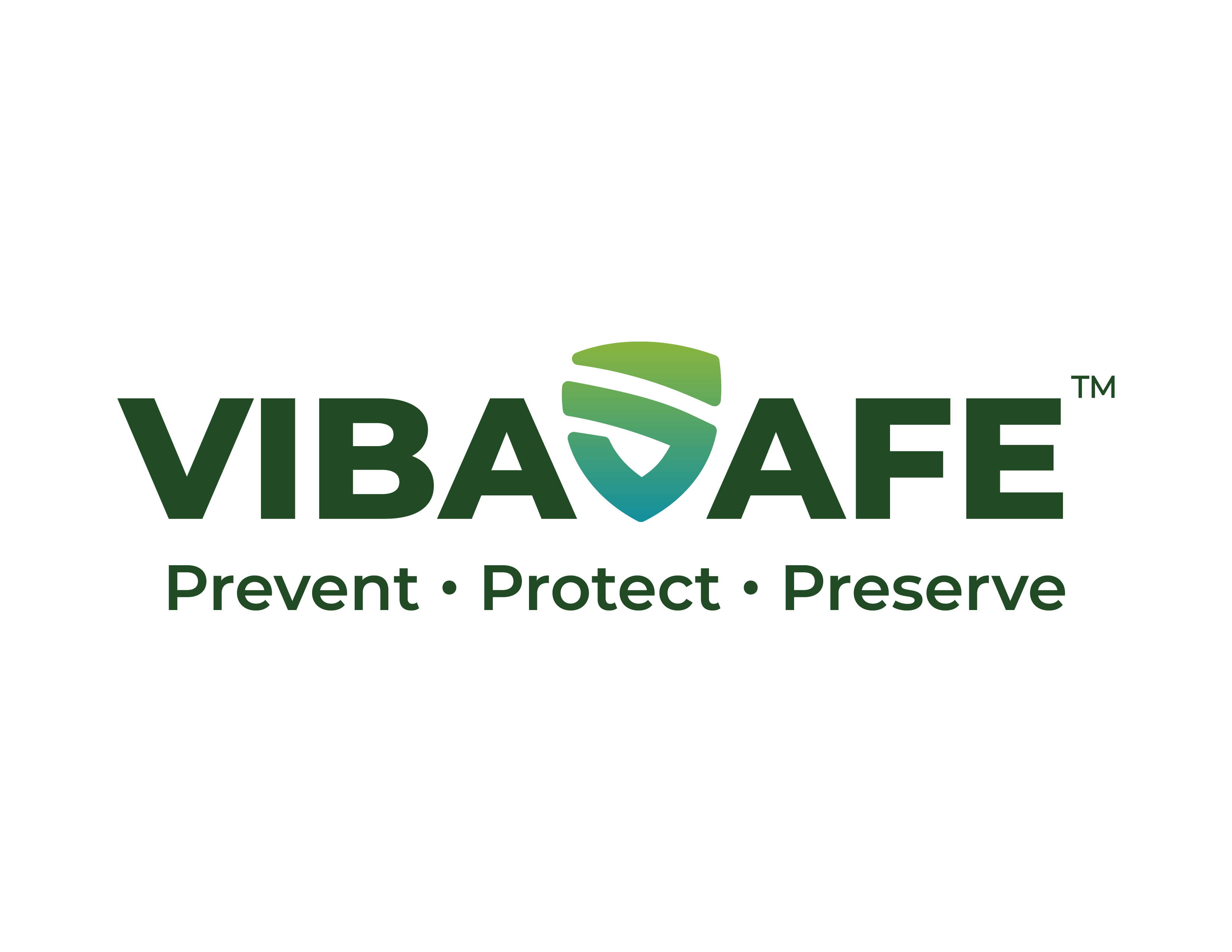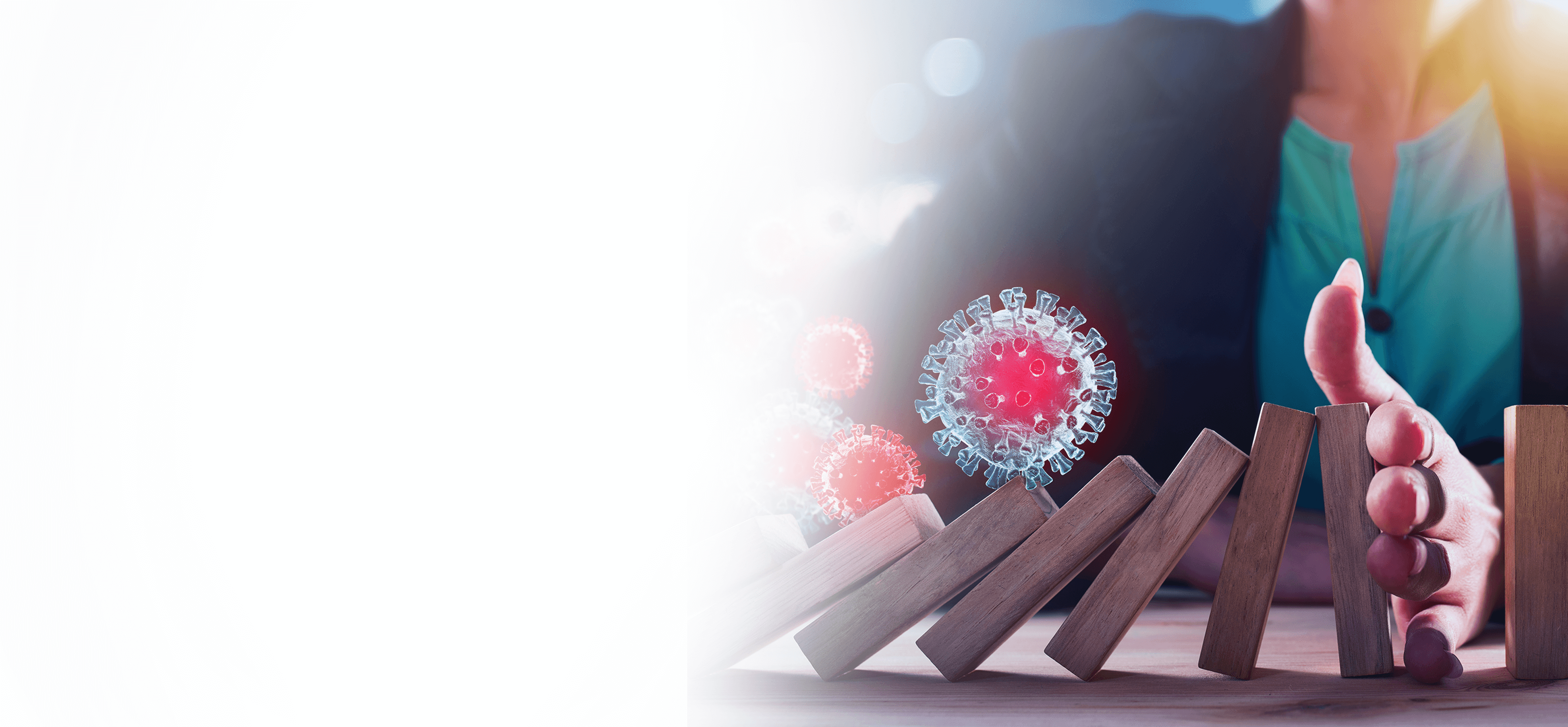 READ MORE
READ MORE
from Virus & Bacteria
 READ MORE
READ MORE
As Concerned About the Environment
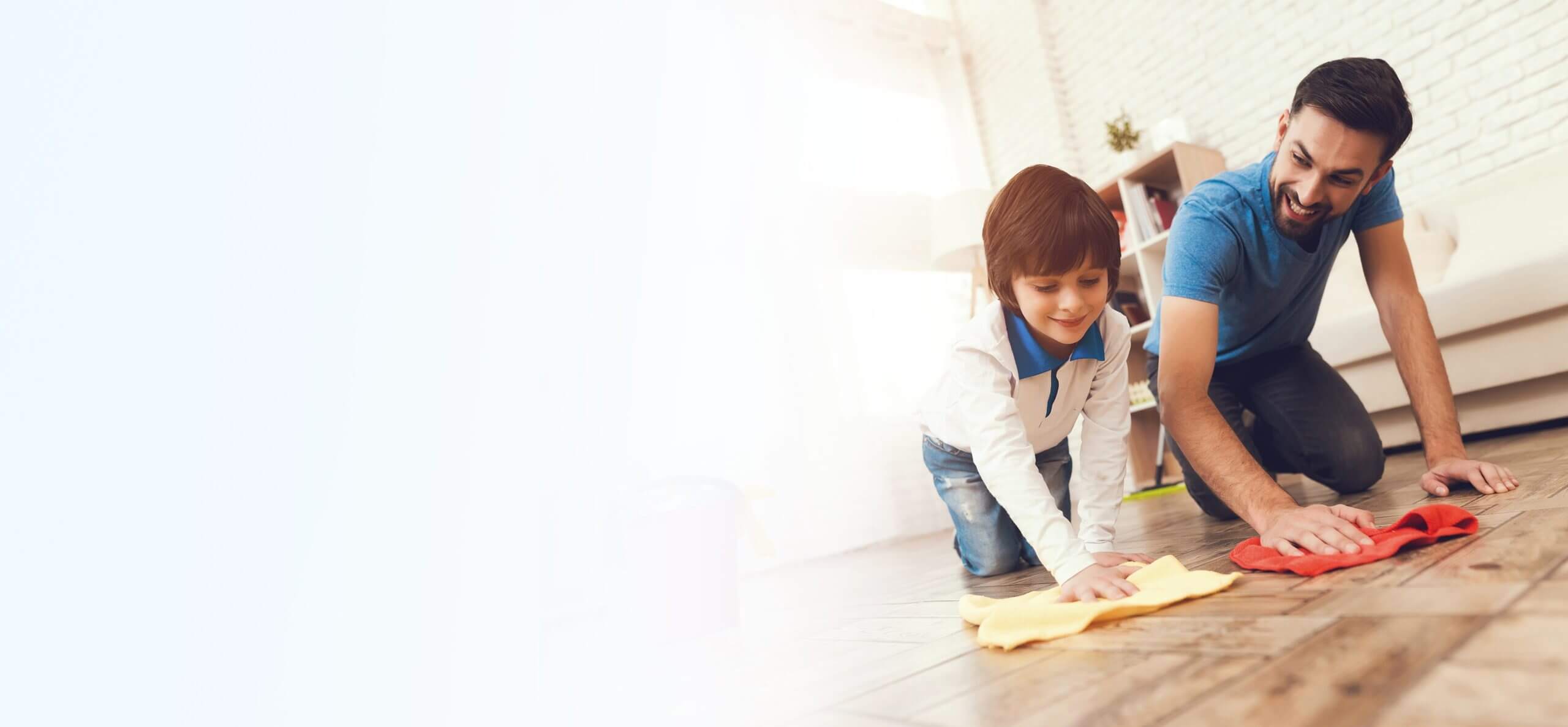 READ MORE
READ MORE
Protected
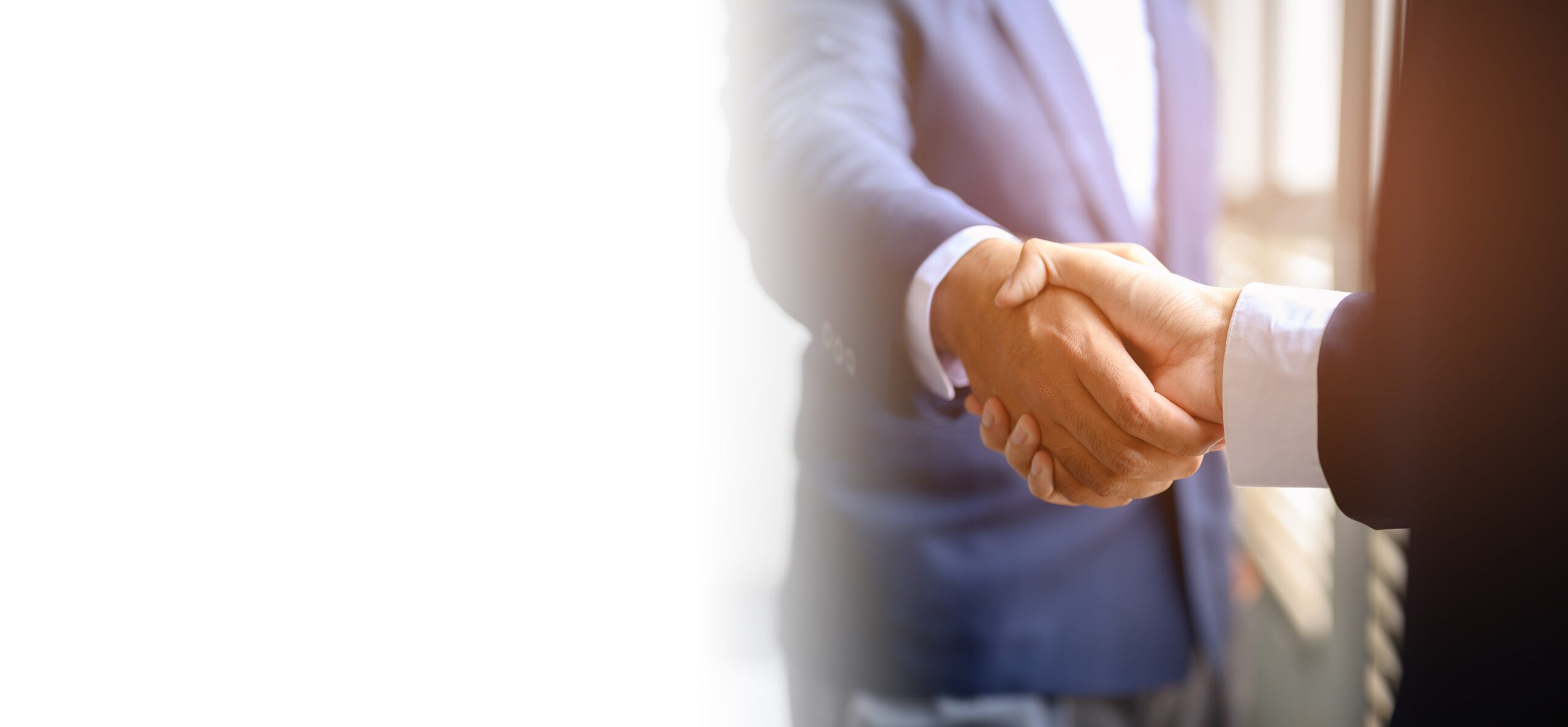
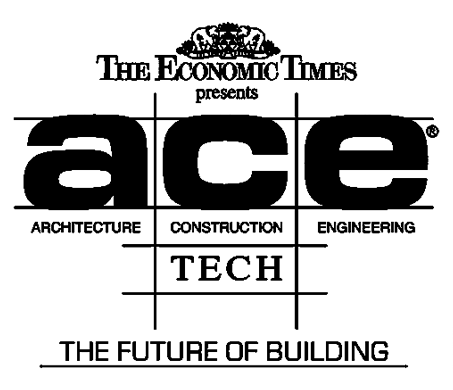
for ACETECH 2021
DID YOU KNOW?
Most bacteria develop resistance to chemical disinfectants over prolonged use.
More than 95% of products claiming to be Green, Ecofriendly, 100% Herbal, Bio Degradable, etc. were found guilty of false Green Washing.
India loses more than ₹15 billion every year due to food poisoning or food-borne diseases.
In India more than 4.5 lakh suicides in the past decade have been caused using chemical cleaners or pesticides.
Chemicals used to create fragrances in most of the chemical cleaners have been banned in Europe and USA.
Triclosan found in most antibacterial or antimicrobial cleaners, soaps, etc. was found to contain dangerous cancer causing properties and banned.
Most sanitizer, spraying and fogging operations are only able to reach 60% to 70% of surfaces.
Know About
VIBASAFE
Prevent - Protect - Preserve
At VIBASAFE we are serious about hygiene and equally concerned about the health of our customers, their staff, and patrons. However, we believe the quest for hygiene and disinfection cannot be at the cost of the environment nor include the usage of chemicals, poisons, or costly consumables. Companies are facing immense pressure to adapt themselves to the new normal and at the same time customers are extremely concerned about their safety and demand assurance.
VIBASAFE offers comprehensive zero chemical, zero consumable, zero residual, and sustainable solutions to allow companies to achieve their biosecurity goals without compromising on their environmental objectives nor the health and safety of their clients. We guide organizations in achieving the VIBASAFE standard for sanitation and hygiene by utilizing the technologies that are approved by the FDA and EPA in the USA, and meets Indian BSI standards.











FAQ
What is the difference between cleaning, sanitizing, and disinfecting?
Some people think that disinfecting is same thing as cleaning or sanitizing. But they are actually different:
• Cleaning removes dirt, dust, crumbs, and germs from surfaces or objects. When you clean, you will likely use soap (or detergent) and water to physically clean off the surfaces and objects. This may not necessarily kill the germs. But since you removed some of them, there are fewer germs that could spread infection to you.
• Disinfecting uses chemicals (disinfectants) to kill germs on surfaces and objects. Some common disinfectants are bleach and alcohol solutions. You usually need to leave the disinfectant on the surfaces and objects for a certain period of time to kill the germs. Disinfecting does not necessarily clean dirty surfaces or remove germs.
• Sanitizing could be done by either cleaning, disinfecting, or both. Sanitizing means that you are lowering the number of germs to a safe level. What is considered a safe level depends on public health standards or requirements at a workplace, school, etc. For example, there are sanitizing procedures for restaurants and other facilities that prepare food. What you do to sanitize will vary, depending on your needs. You might be mopping a floor using a mop, a chemical, and water. You might use a dishwasher to sanitize the dishes. Or you could be using an antibacterial wipe on a tv remote.
If you both clean and disinfect a surface or object, you can further lower the risk of spreading infection. There are products that clean and disinfect at the same time.
Are you VIBASAFE protected?
Connect with us to know how we can help you protect your premises/products.
Why VIBASAFE?






What They Say
Professional Cleaning Service
We believe good ideas can come from anyone, anywhere, at any time. We want team members with diverse backgrounds and life experiences to help us find innovative solutions.

